PROTECT YOUR DNA WITH QUANTUM TECHNOLOGY
Orgo-Life the new way to the future Advertising by Adpathway
Yesterday, along with the redesigned Fuel, Trek also announced the new Fuel+, its pedal-assisted counterpart. The Fuel+ eMTB closely resembles its analog twin, but with the addition of the latest TQ-HPR60 drive system and all of the associated components. Its predecessor, the Fuel EXe was incredibly well received, and it appears that Trek hopes to build on that legacy and take things up a notch.
Some of this might sound a little repetitive if you checked out the Trek Fuel launch article we posted earlier today, because the Fuel+ is almost identical in every way — other than the drive system, of course. Like the Fuel, the Fuel+ has a completely redesigned frame, which is the backbone for three distinct configurations: EX, MX, and LX. With that, Trek’s do-it-all mid-power eMTB looks to do even more and appeal to a wider range of riders.
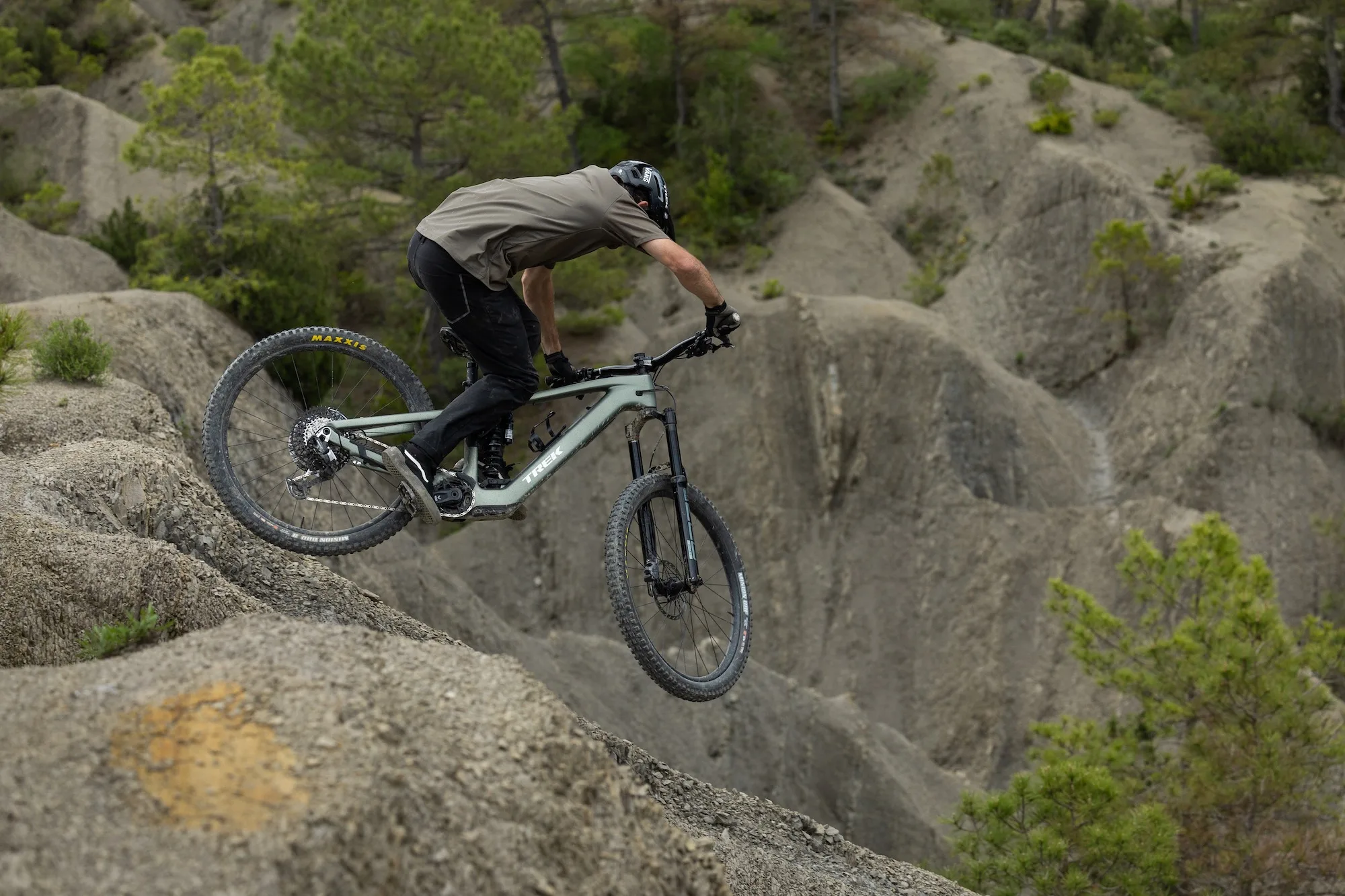 The new Fuel+ is no longer a one-trick pony. It comes in three distinct configurations to suit varying needs. (All photos/Trek)
The new Fuel+ is no longer a one-trick pony. It comes in three distinct configurations to suit varying needs. (All photos/Trek)Choices, Choices, Choices
The new Fuel+ is built around a new frame with a revised look yet just enough curve to the top tube to know that’s it’s a still Trek. This new frame is basis for all three of the Fuel’s configurations, allowing riders to choose between EX, MX, and LX setups. Now, you can pick between the 145 mm EX trail bike, the 150 mm mixed wheel play bike, or the 160 mm enduro bruiser.
The rocker links and the shock mounts are the main differences, and according to Trek, account for bottom bracket height, leverage rate, and head angle so each setup rides as well as the next. Additionally, flip chips in the shock mount allow for leverage rate adjustment. Those looking to change up their bike setup can purchase the rocker links ($100) and shock mounts ($20) and swap them out whenever you like.
EX
The closest configuration to the pervious Fuel EXe, the EX is considered the standard setup. It has a modern all-around geometry that’s paired with 145 mm of rear travel and a 150 mm fork. For most riders, this is the go anywhere, do anything, everyday eMTB.
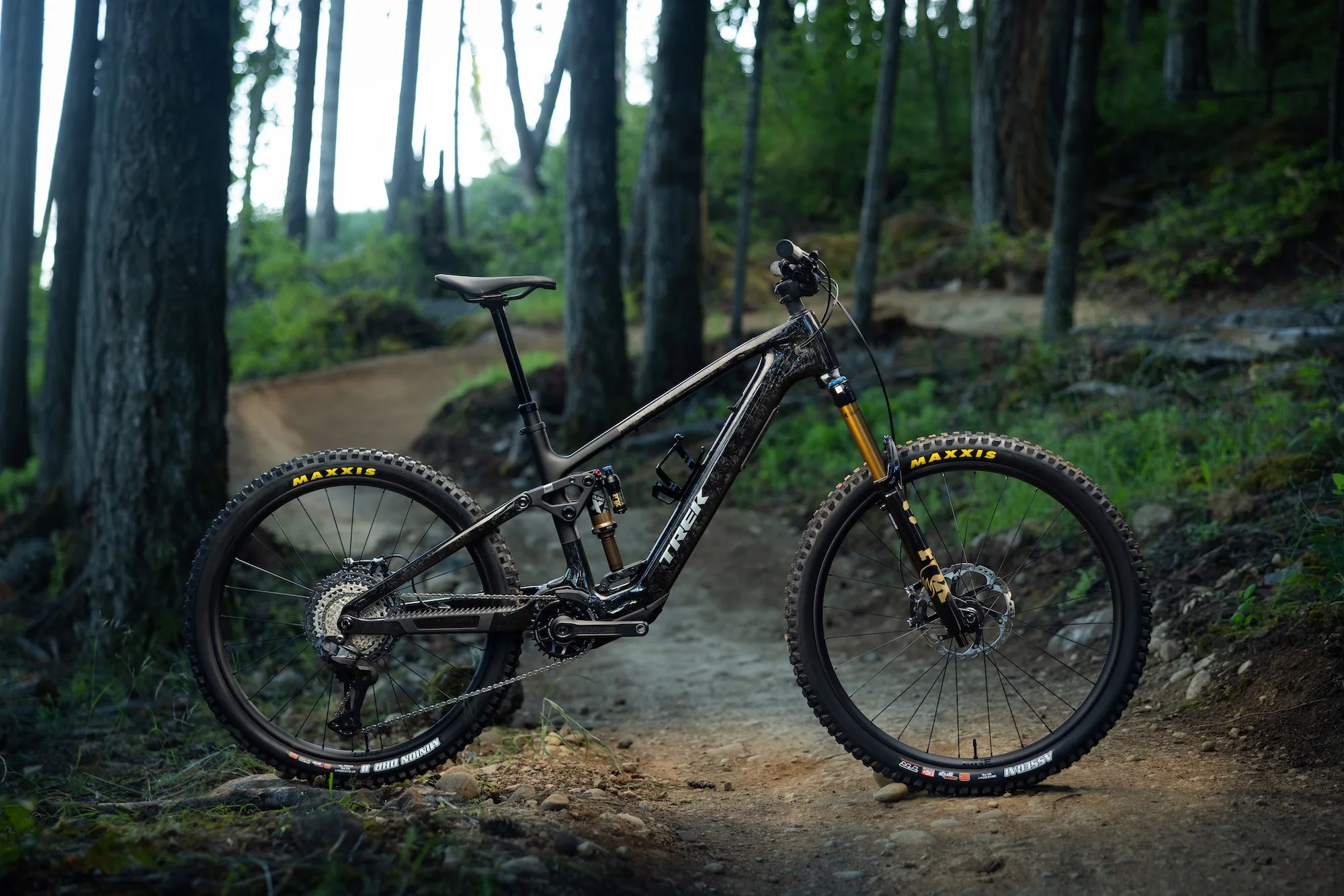 The Fuel+ MX gets mixed wheel sizes for maximum fun.
The Fuel+ MX gets mixed wheel sizes for maximum fun.MX
With a name like MX, it’s no surprise this bike rolls on mixed wheel sizes with a smaller 27.5-inch rear wheel to enhance its playfulness and maneuverability. It gets a touch more travel with 150 mm in the rear and a 160 mm fork, and Trek says it’s intentionally a bit more progressive to add a little pop.
LX
With 160mm of frame travel and a 170 mm fork, Trek refers to the LX configuration as a Slash without the high pivot. It gets a touch slacker as well, and this thing looks like a pretty full-on e-enduro bike.
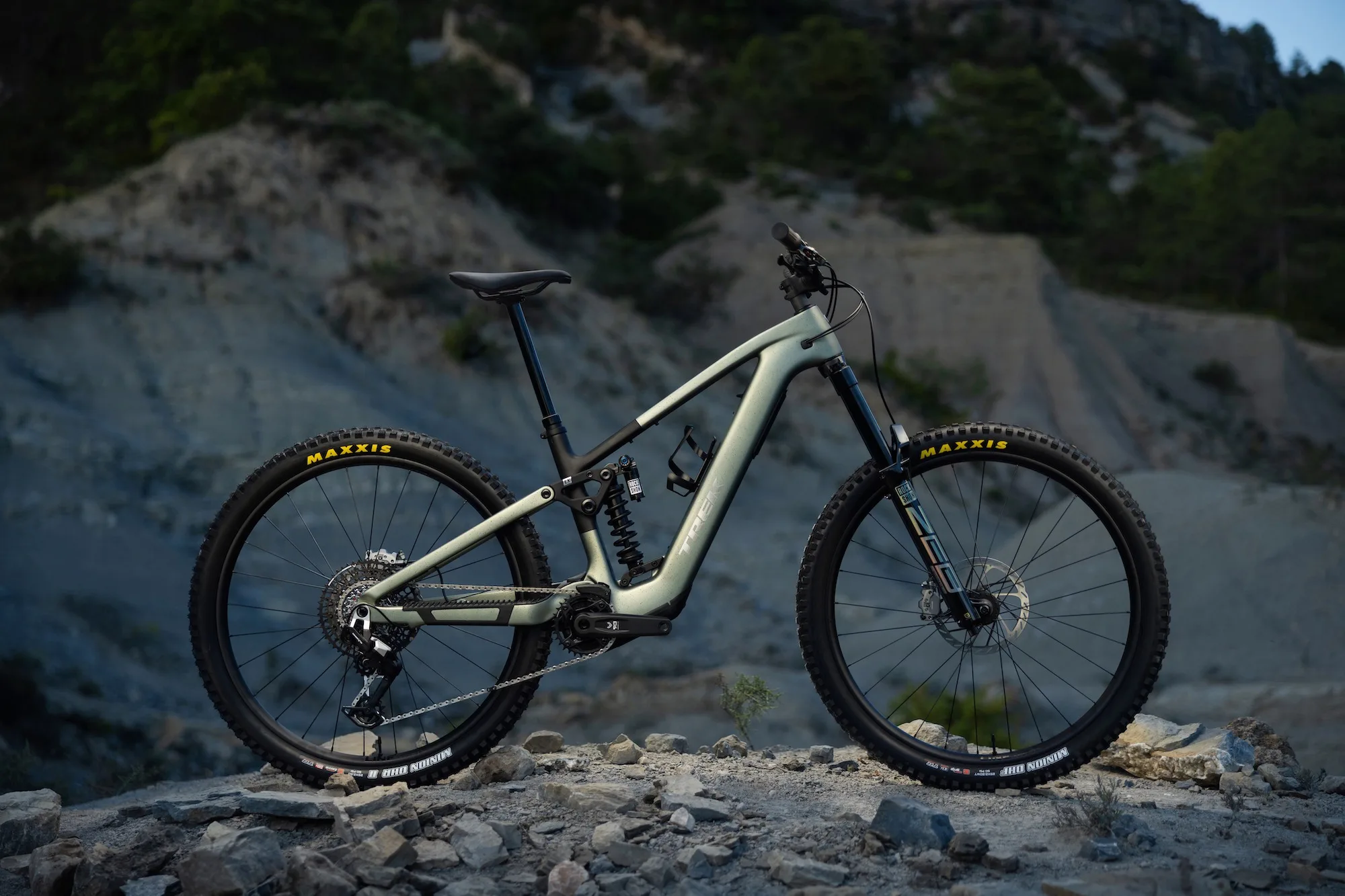 The new Fuel+ LX goes longer on travel for more aggressive riders and terrain.
The new Fuel+ LX goes longer on travel for more aggressive riders and terrain.More Power, More Range
The Fuel EXe blew people’s minds when it came out in 2022. That bike barely looked any different than the analog Fuel EX, with the super discrete TQ motor providing pedal assistance with minimal weight penalty. While there was healthy competition in the “lightweight e-MTB” category from Orbea and Specialized, Trek had other brands on their heels and scrambling to keep up.
TQ-HPR60 Drive System
 The new TQ-HPR motor is still small and light, but it’s also a little more powerful.
The new TQ-HPR motor is still small and light, but it’s also a little more powerful.The new Fuel+ incorporates the latest TQ-HPR60 drive system, a slight step up in torque and peak power from the HPR50 used in the Fuel EXe. It’s roughly the same size and weight, so it’s still barely noticeable on the bike, but with up to 60 Nm of torque, it packs a little more punch when you need it. It’s not nearly as powerful as the latest full power motors from Avinox or Specialized, but that’s also the point. This motor system and bike are meant for the rider who wants a lighter bike and lighter assist for a more “natural” ride feel.
Powering that motor is a larger 580 Wh battery, up from 360 Wh in the Fuel EXe. That’s a sizeable jump in terms of range potential, but also adds a little weight and results in a slightly bulkier downtube, comparatively speaking. It’s also compatible with TQ’s 160 Wh range extender for bigger days. Unlike some lightweight e-bikes, the Fuel+’s battery can be removed for charging. The system also includes TQ’s top tube integrated LED display, with full color on the 9.8 and 9.9 builds and black and white on the more affordable options.
Trek Fuel+ Frame Details
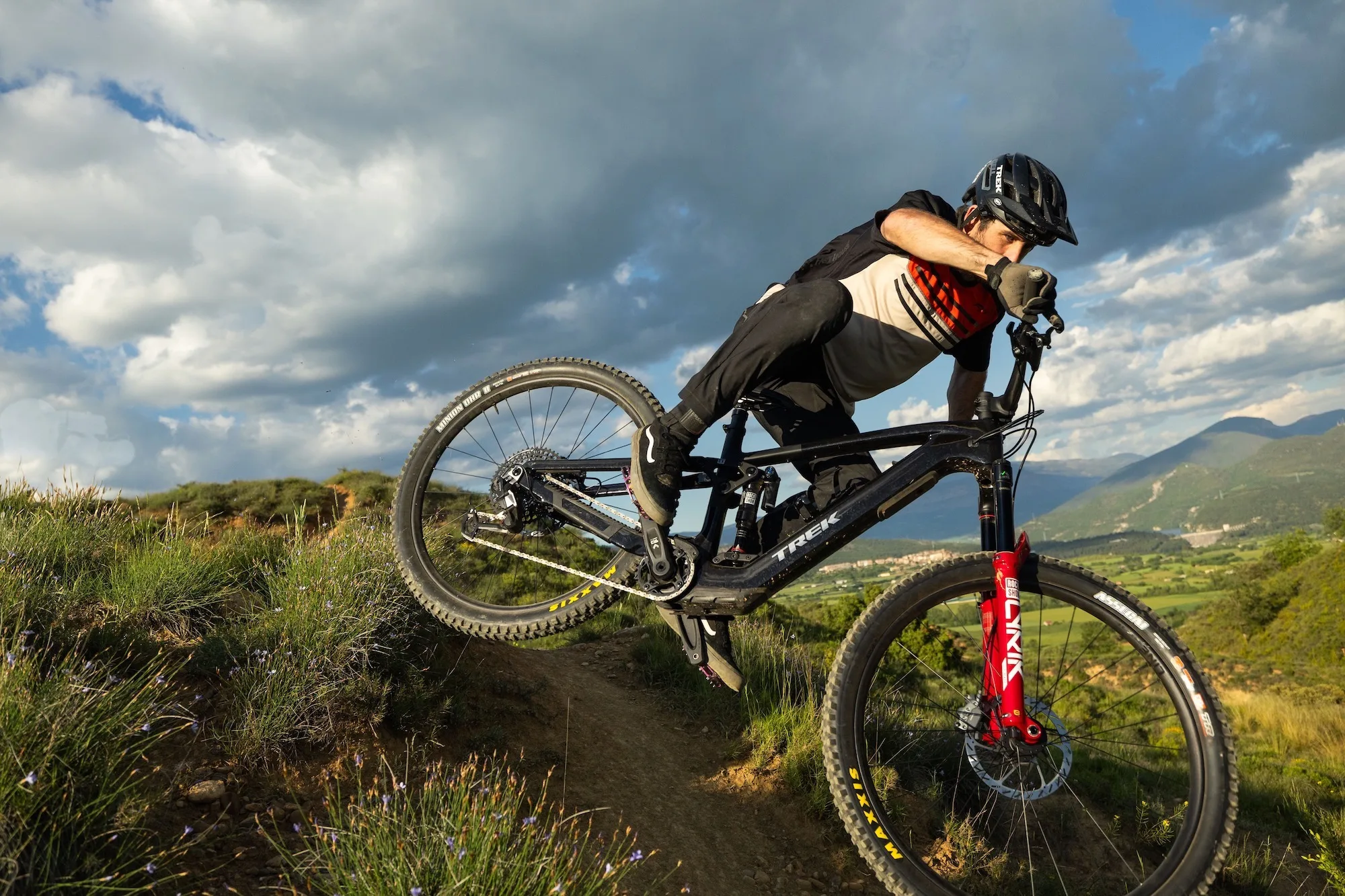 The new frame fits longer droppers, so you can do cool moves like this.
The new frame fits longer droppers, so you can do cool moves like this.Like the Fuel, the Fuel+ gets a completely redesigned frame and shares a similar silhouette, but has an enlarged downtube where the battery is housed. It also has the distinctive little curve in the top tube, and it gets improved dropper insertion. According to Trek, the medium frames can now fit 200 mm droppers. There’s no in-frame storage — because battery — but there’s plenty of room to fit the optional range extender or a water bottle, and top tube accessory mounts make it easier to strap things on. Trek did away with the included angle-adjust headsets in favor of a standard ZS headset that gives riders the flexibility to swap out for aftermarket options if they choose.
Suspension Design
Trek has been using its Active Braking Pivot (ABP) suspension layout for years and they aren’t stopping now. This design involves a pivot point around the rear axle, which is intended help keep the suspension and braking forces separate.
With different travel lengths between the different configurations, the rocker links and shock mounts are all designed to provide specific characteristics for each setup. The aforementioned flip chips in the shock mount also allow riders to tweak the progression between high and low settings.
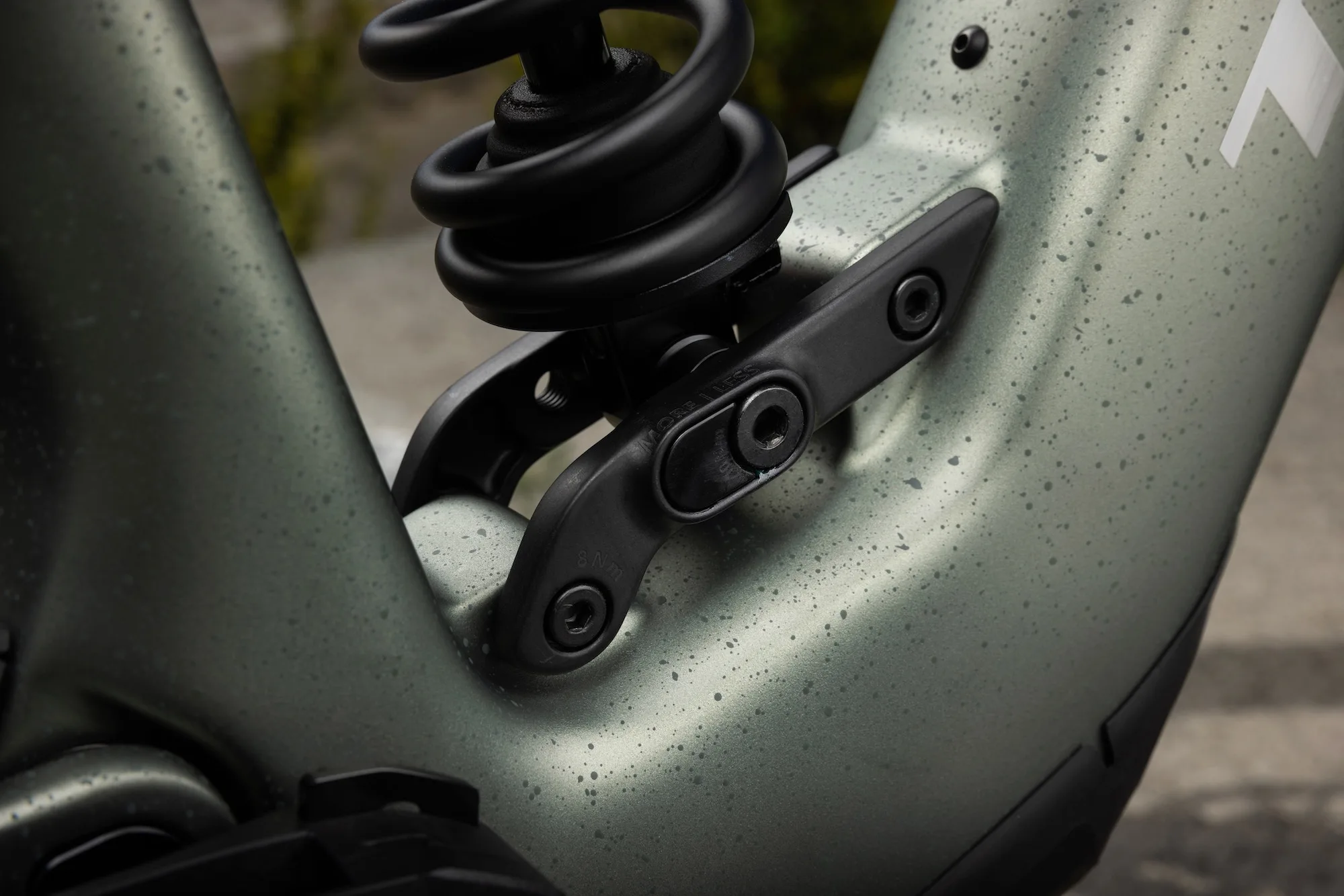 The shock mounts have flip chips so riders can adjust the progression.
The shock mounts have flip chips so riders can adjust the progression.Geometry
The Fuel+ has a geometry that is nearly identical to that of the new Fuel. There are some minor variations, but it’s frankly incredible how close the two bikes are given that one has to house a drive system and the other does not. And, just like the Fuel, the Fuel+ comes in three configurations, which makes looking at the geometry charts a potentially daunting task.
The carbon-framed versions of the new Fuel+ bikes come in five frame sizes, S to XXL, while the aluminum-framed models come in a four size run without the XXL. Trek’s typical M/L frame is not included here, but most riders should still be able to find the right size or close to it within the Fuel+’s size range.
Trek knows a thing or two about bike geometry, and that shows in the well-sorted angles and measurements of the Fuel+. The outgoing Fuel EXe was dialed, and they didn’t stray too far from that formula with this bike. When moving away from the default EX setup, however, there are some minor changes that happen when the rocker links, shock mounts, and suspension components are swapped out. Overall, the changes are fairly subtle but geared toward the intended use and desired performance characteristics of the different configurations.
For the deep dive, check out the geometry chart below.
 The Fuel+ geometry with EX at the top, MX in the middle, and LX at the bottom.
The Fuel+ geometry with EX at the top, MX in the middle, and LX at the bottom.Weight
One of the things that appealed to many about the Fuel EXe was its relatively low weight (for an e-bike). Based on the claimed weights supplied by Trek, they still appear to be fairly light, although the complete builds are a couple of pounds heavier due largely to the sizeable increase in battery capacity. Batteries are heavy, but a little weight penalty is something a lot of people are probably willing to take for less range anxiety.
Still, the claimed weight of 41.5 pounds for the top-of-the-line Fuel+ MX 9.9 XO AXS is pretty respectable for a bike with a 580 Wh battery. Of course, the weights increase with travel, so the LX models are a little heavier, but all of the carbon builds are still ~45 pounds or less. The aluminum-framed models both weigh a bit more, at around 46 and 48 pounds.
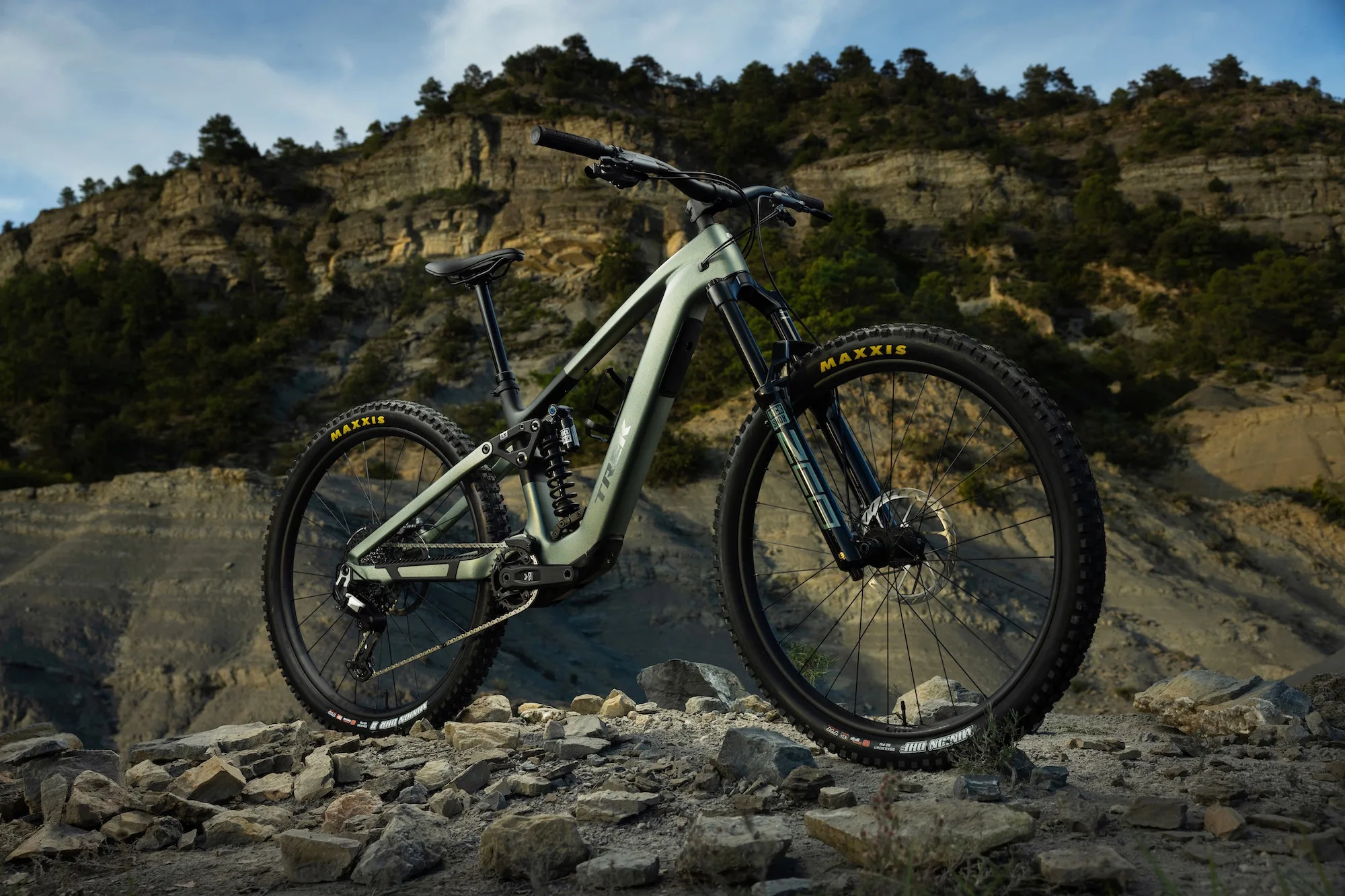 The LX setups weigh a little more with more travel and beefier suspension.
The LX setups weigh a little more with more travel and beefier suspension.Trek Fuel+: Builds and Pricing
The Fuel+ comes in a total of 15 different builds and configurations — not even close to the 26 builds for the analog Fuel. Still, that’s plenty. There are essentially four primary options between the 9.9 and 9.8 carbon-framed builds, each of which is available in EX, MX, and LX configurations. There’s an additional 9.7 carbon EX model, as well as two more affordable aluminum-framed EX builds. There are far too many builds to list here, so check out the Trek website for a complete list of specs.
 The carbon-framed Fuel+ EX 9.9 XO AXS build in Gloss Navy Smoke.
The carbon-framed Fuel+ EX 9.9 XO AXS build in Gloss Navy Smoke.Fuel+ Carbon
The majority of the Fuel+ variants feature Trek’s OCLV carbon frames. All of these are available in EX, MX, or LX configurations, with the main differences being the forks, shocks, and droppers. Within the four build options, buyers can choose between SRAM and Shimano wireless or mechanical drivetrains. All of the Fuel+ 9.9 and 9.8 Carbon builds come in three color options: Gloss Navy Smoke/Matte Trek Black, Lichen Green/Keswick Green Splatter, and Carbon Smoke/Lithium Grey Marble.
- Fuel+ 9.9 XO AXS: $11,500
- Fuel+ 9.8 XT Di2: $10,000
- Fuel+ 9.8 Eagle 90: $9,500
- Fuel+ 9.8 XT Mechanical: $9,500
The lone carbon outlier is the Fuel EX 9.7 ($8,000), which only comes in the EX setup and has a lower-tier spec that includes an Eagle 70 drivetrain, a Fox Rhythm 36 fork, Fox Float X Performance shock, and SRAM DB8 brakes.
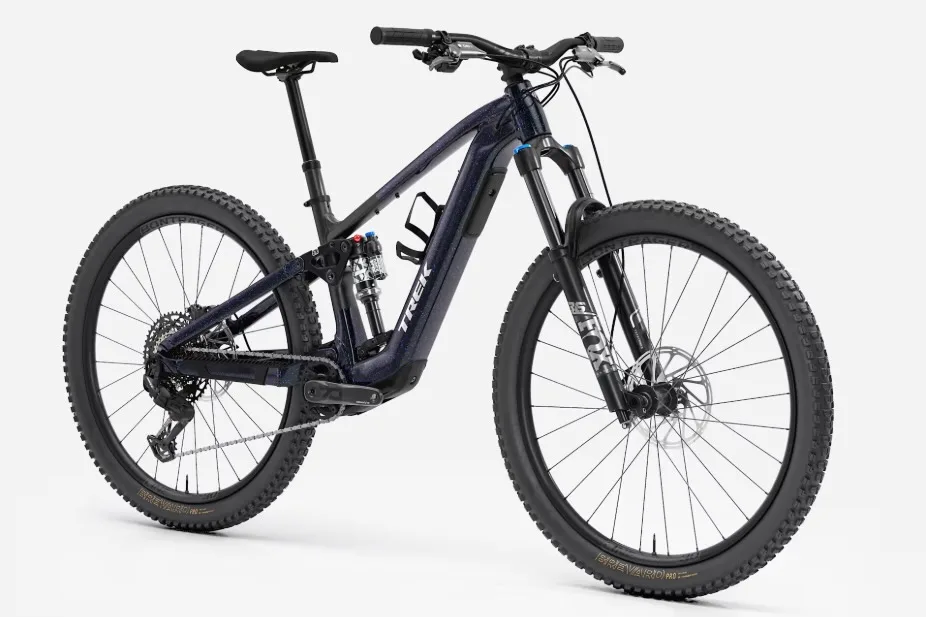 The alloy Fuel+ models come in the EX configuration only. This is the Fuel+ EX 8 in Trek Black/Purple Flip Splatter.
The alloy Fuel+ models come in the EX configuration only. This is the Fuel+ EX 8 in Trek Black/Purple Flip Splatter.Fuel+ EX Alloy
Unlike the analog Fuel, which is offered in just as many aluminum-framed builds as carbon, the Fuel+ comes in two Alloy options, which are sold in the EX configuration only. The aluminum frames are made with Trek’s new low-emission aluminum, and they come in two color options: Trek Black/Purple Flip Splatter and Matte Olive Grey/Trek Black.
- Fuel+ EX 8 (Eagle 70): $7,000
- Fuel+ EX 5 (Shimano Deore): $6,000
Trek Project One MTB
As with the standard Fuel, the new Fuel+ 9.8 and 9.9 builds are included in Trek’s Project One MTB program. This is essentially a custom configurator where buyers can pick their favorite parts when purchasing, so the bike is perfect from day one.
 Choose your weapon, the new Fuel+ bikes are available now.
Choose your weapon, the new Fuel+ bikes are available now.Trek Fuel+: Availability
If you’re interested in a new Fuel+ eMTB, you’ll be happy to know that they are available now. Head to your local Trek dealer or a Trek Store, or check them out on the brand’s website.
The post Trek’s New Fuel+ Has All the Options Plus a Motor appeared first on Bikerumor.


 5 days ago
6
5 days ago
6


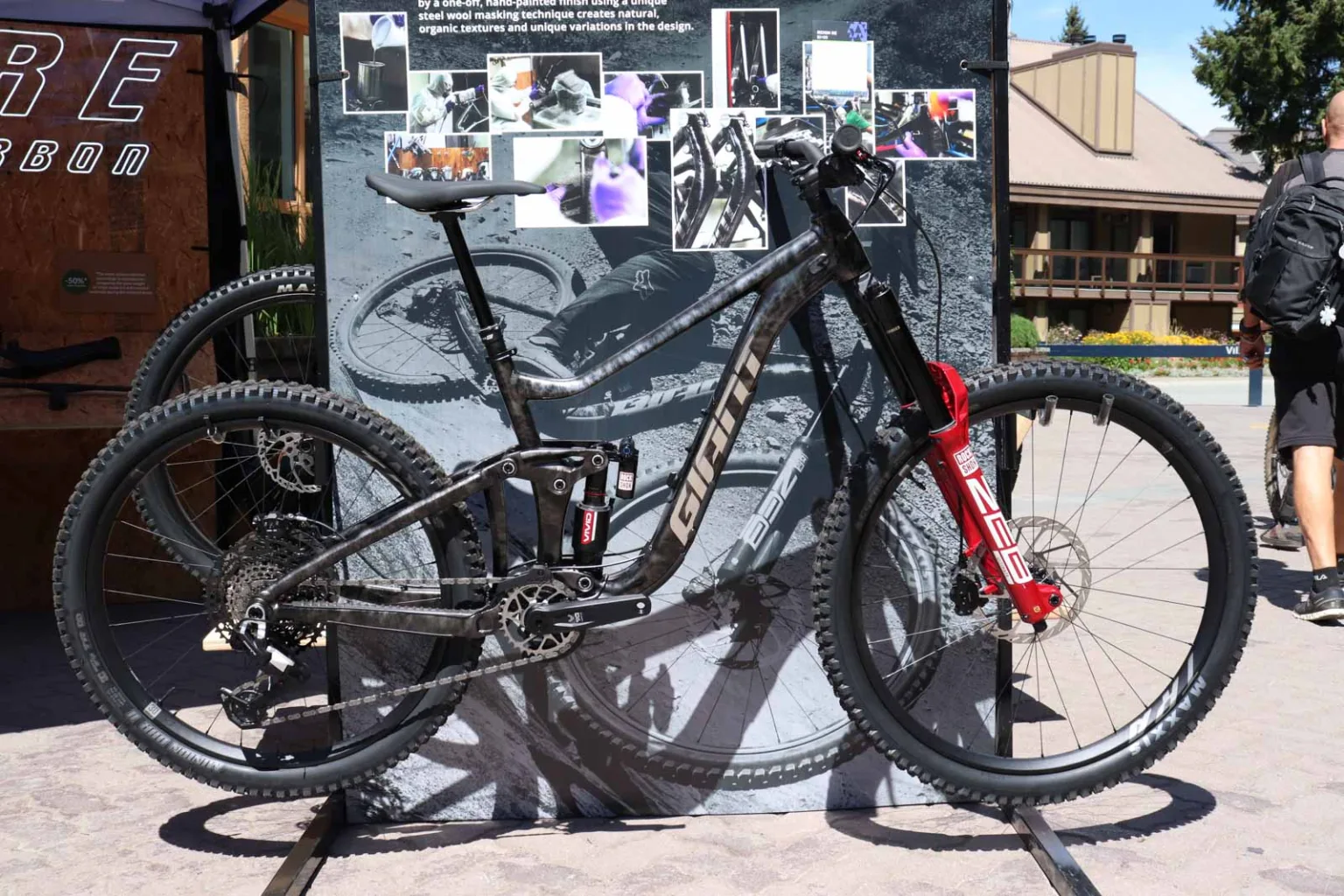
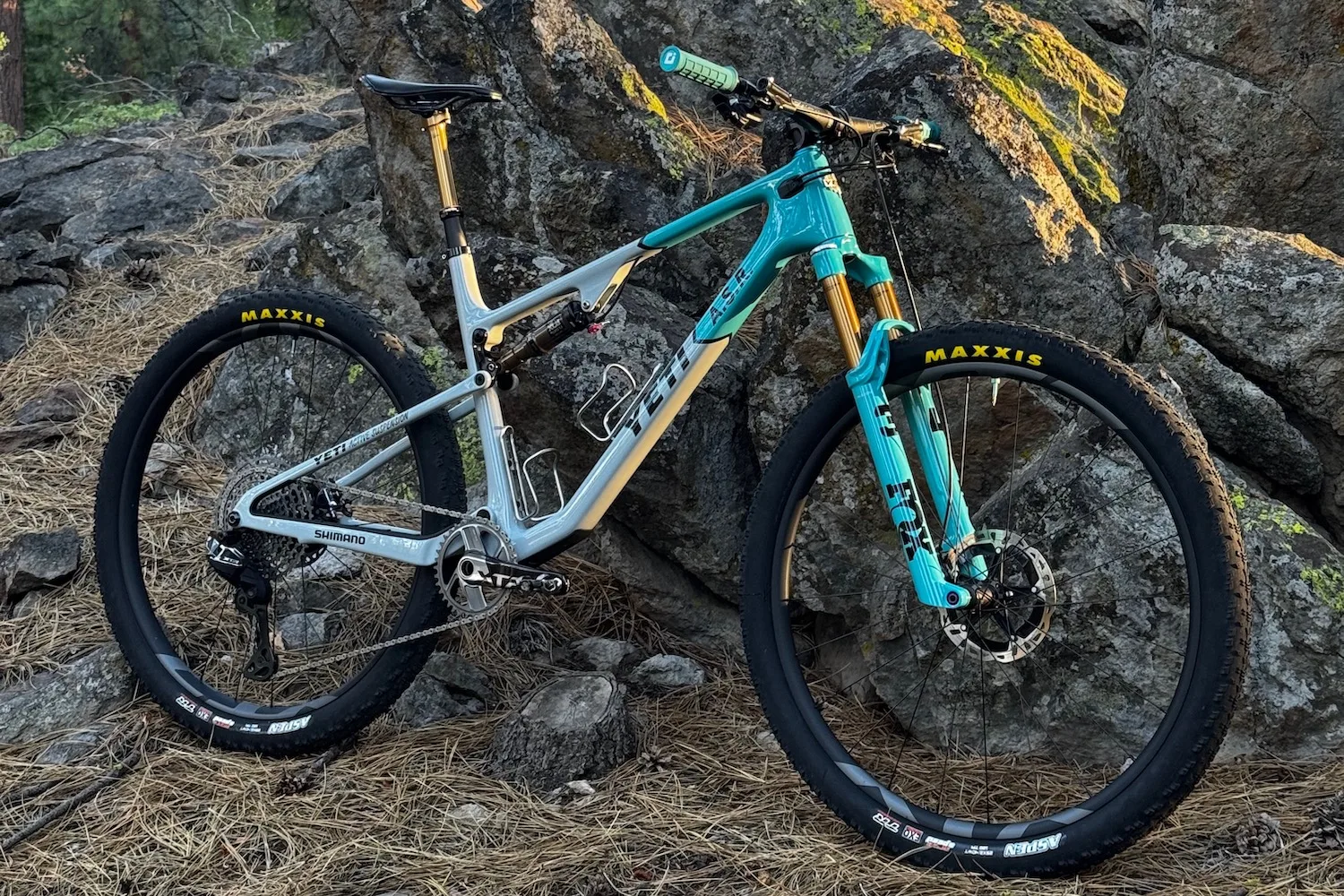

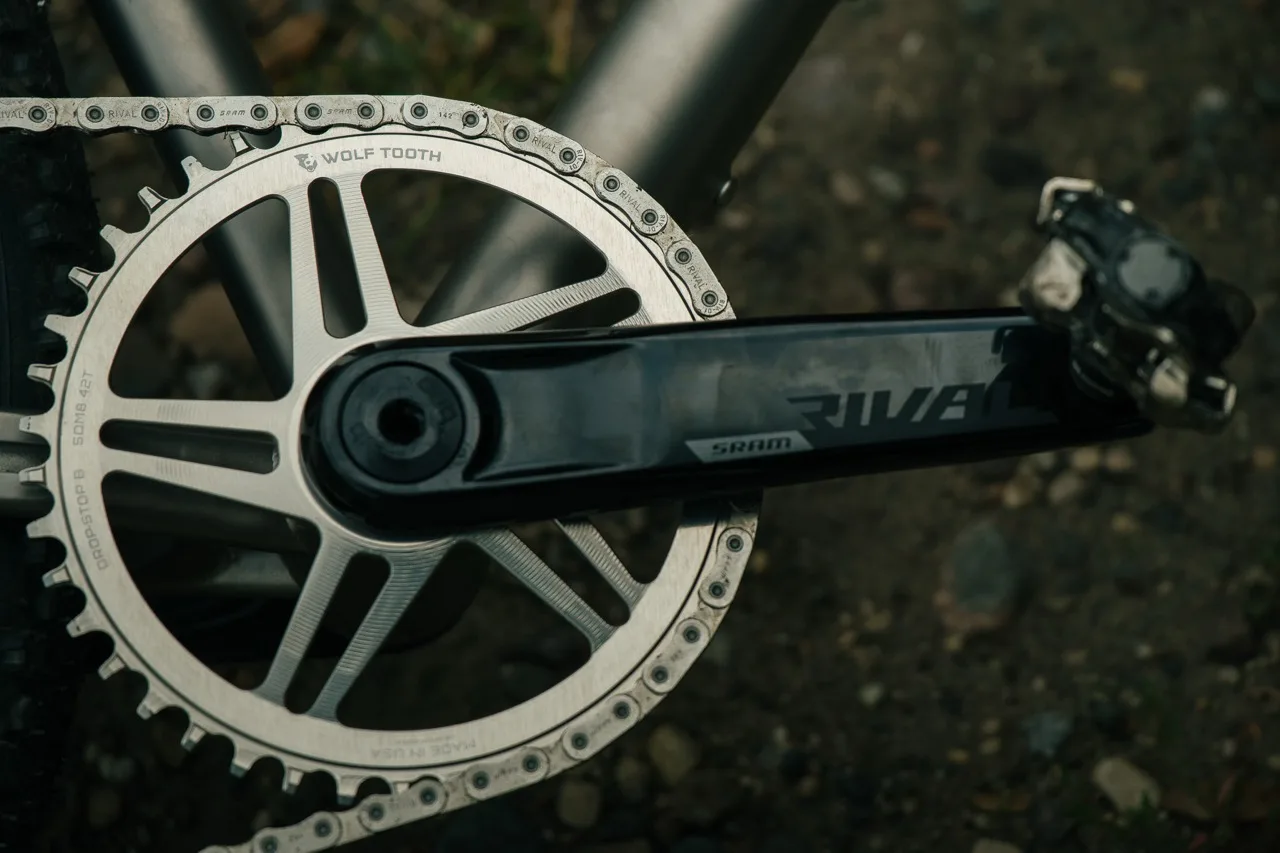
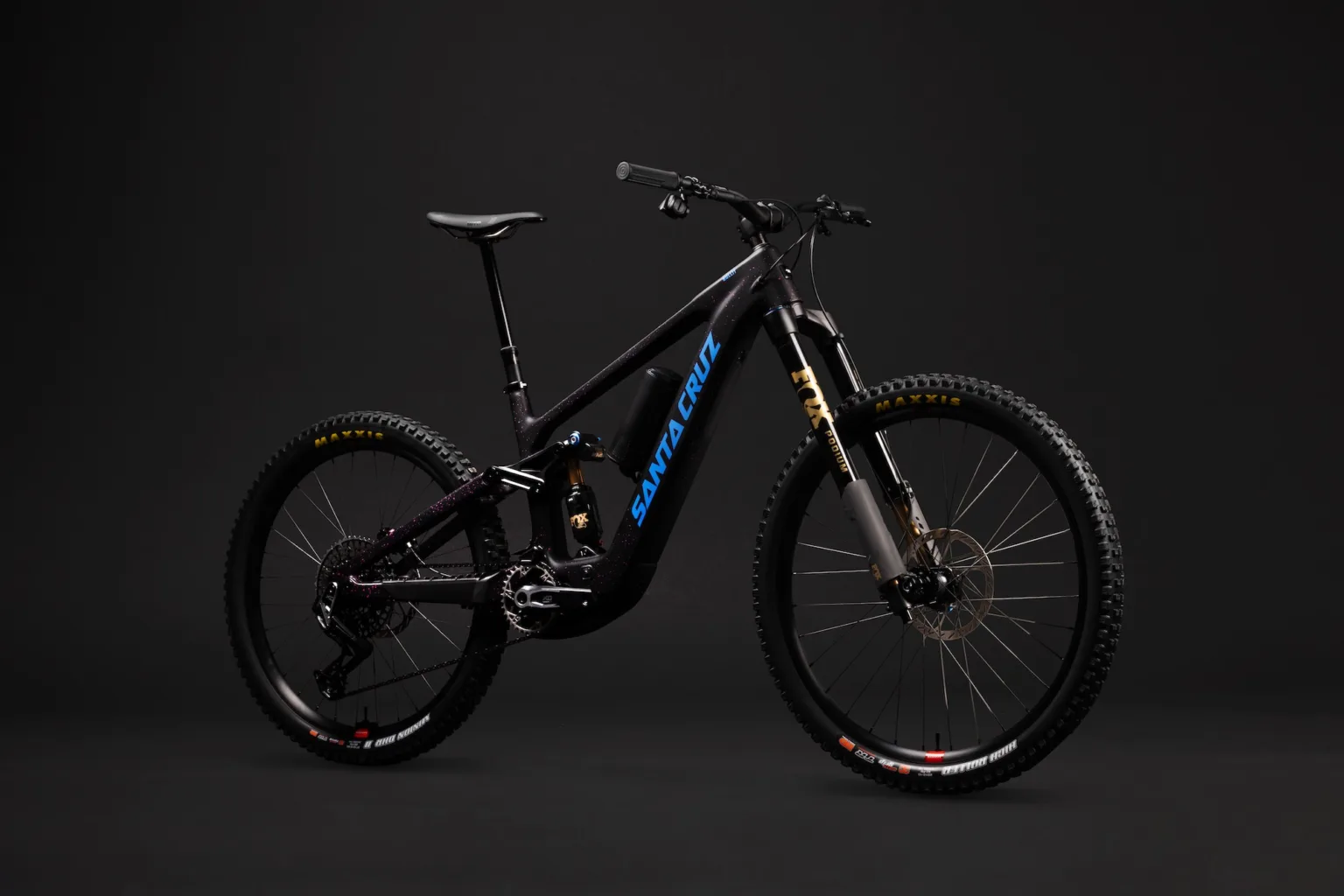


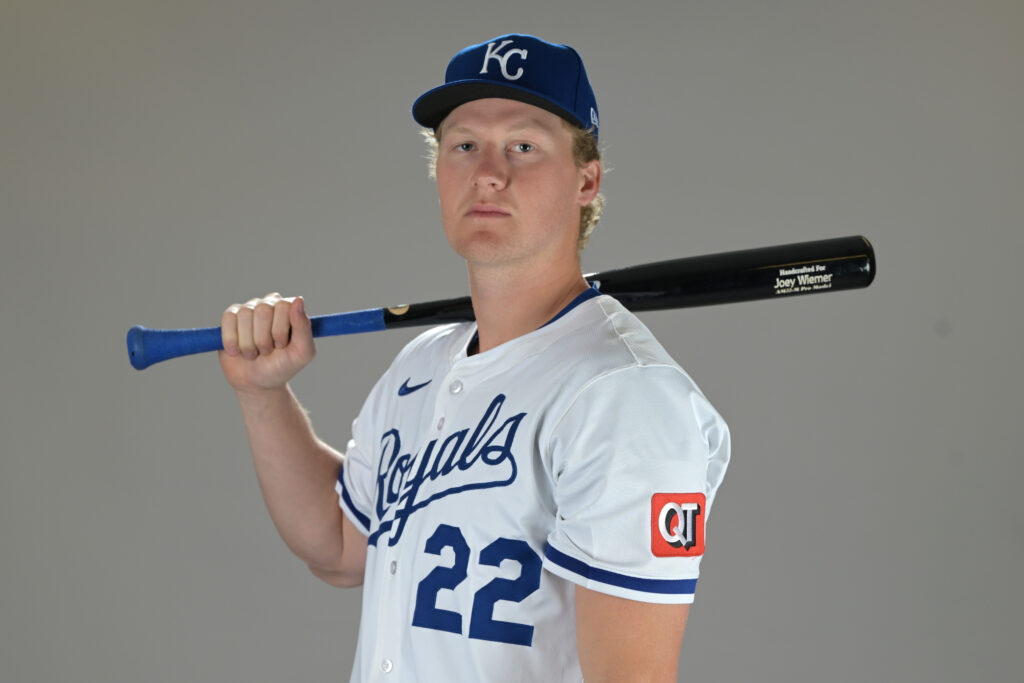







 English (US) ·
English (US) ·  French (CA) ·
French (CA) ·